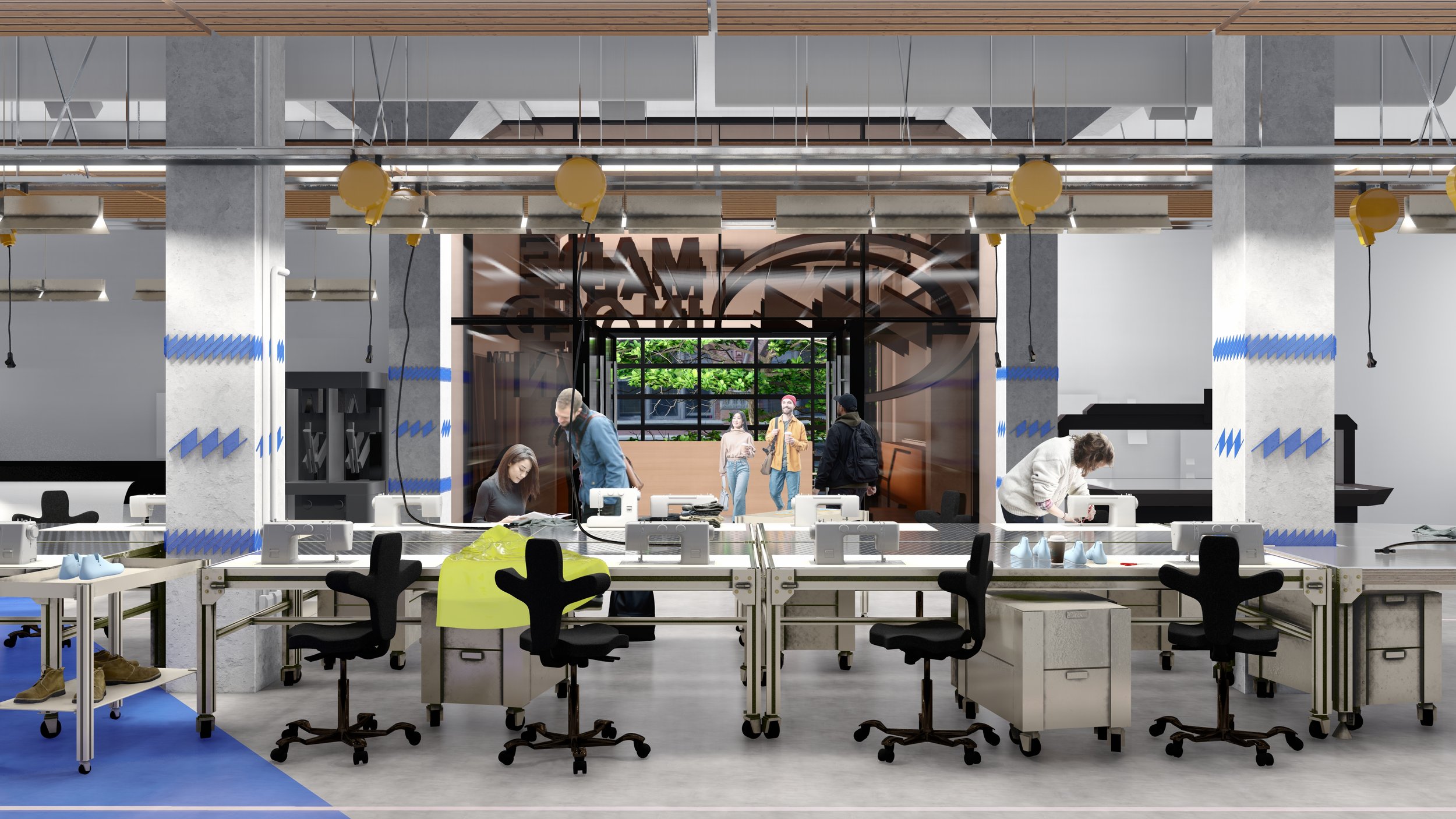Made in Old Town Striving to Reimagine Domestic Design, Manufacturing in Historic Portland District
A bold new vision is taking shape in Portland’s Old Town district.
An enterprising group that includes some of the brightest minds in footwear, sports apparel and urban development are reimagining the way its products can be sustainably designed and produced. The group – Made in Old Town – is creating an innovation and development campus for the industry in the heart of Portland, all while reinventing a particularly neglected area of the city that has its roots in manufacturing.
The project, owned by the Old Town Purpose Trust, represents an unprecedented collaboration between several titans of the industry, including Trust Stewardship Committee members with a common vision to create a more sustainable future that pushes the boundaries of technical, aesthetic, and environmental possibilities:
Eric Liedtke - Executive Vice President of Brand Strategy at Under Armour, CEO and Co-Founder of UNLESS Collective
Noel Kinder - Global Operations Executive & GM | Former Chief Sustainability Officer at Nike
Elias Stahl - CEO and Co-Founder at HILOS
The mixed-use project aims to transform four city blocks in Old Town into 323,000 square feet of mixed-use space to serve as a first-of-its-kind center for sustainable local production, product development, and industry innovation.
That vision is systematically coming to life at impressive speed. Made in Old Town has been busy transforming buildings in historic Old Town, working with the industry’s brands and suppliers and moving forward with the project’s Phase I completion with eyes on Phase II of the project.
A key advantage of the project for footwear and apparel partner companies is the increased speed at which they now can work, realizing a finished product in a fraction of the time compared to the traditional back-and-forth process of overseas manufacturing.
The sample floor in the development’s Hub – one of three primary buildings that make up Phase I of the growing innovation campus – is a place where companies can go from a concept to a fully functional shoe or garment in one space. It can shrink the development time from 24 months to 24 hours in some cases.
The Lobby
The Lab
“The Hub is filled with the most cutting edge equipment that’s unlocking new opportunities in terms of sustainability, in terms of design and in terms of being able to move quickly at the speed of customer demand. Brands and their partners can create fully functional shoes or garments in a much simpler and straightforward workflow,” said Matthew Claudel, founder of the Old Town-based urban design and strategy firm, Field States.
Claudel, whose work centers around how cities are transforming in light of new technologies and opportunities, first became involved with Made in Old Town when he met Stahl. Stahl is the founder and CEO of HILOS, a footwear startup local to Old Town whose software platform turns designs into 3D-printed footwear that can be made on demand without inventory or waste. Stahl has been at the forefront of bringing manufacturing back to the district and believed the area could serve as an even more significant catalyst for redevelopment in the city.
With an ample array of equipment, including state-of-the-art 3D printers, the Hub offers the most important resource available to brands, according to the project leaders. Notably, the Hub allows brands to experiment with new materials or processes without having to make huge capital investments in their own equipment. It also supports low-waste methods that substantially reduce the carbon footprint of the design and manufacturing process.
Further, the project allows small startups the opportunity to develop their creative ideas in an environment that’s much more palatable from a cost perspective, creating opportunities that simply weren’t manageable before. For large and small brands, alike, it previously was difficult to overcome certain obstacles when getting started or showcasing new product ideas and achieving certain objectives.
The Lab
Claire Juttelstad, who has an extensive background in footwear and manufacturing, serves as the Hub director. In recent months, her focus has been on working with suppliers and brands to build up the Hub’s sample room, a place where new innovation, methods and conceptual ideas meet.
Juttelstad says that, due to the sheer volume of shoes and garments that need to be produced, it’s unlikely the industry will ever fully disassociate from the familiar Asia manufacturing model. But considering all the advantages that the Made in Old Town campus ultimately will offer, this innovative reshoring model in Portland can reduce the need to manufacture those products overseas and serves as an important driver for how the footwear and apparel industry designs and manufactures its products domestically.
“When you talk about a design – to make it at a cost with speed and viability – I think that disconnect is real,” Juttelstad said. “If we can start to understand what makes it viable to be in the United States, we can bring manufacturing back, to whatever degree really makes sense.
“We’re trying to build this back, this capability that we offer within this region.”
The Tower and Hub (Mason Ehrman Building)
By having all the necessary components to address a variety of initiatives on one centralized campus right in the heart of the industry in the United States, the Made in Old Town project is perfectly positioned for those within the industry to convene and innovate.
Next to the Hub is the Tower, which will serve as a dynamic ecosystem of leading material process suppliers, specialty vendors, research labs and brand offices. Buoyed by a $7 million loan through Prosper Portland, Made in Old Town recently acquired the Hub and the Tower, historically known as the Mason Ehrman Building.
In the Tower, members at Made in Old Town will be able to apply for space to showcase their materials in what will become the largest materials library for footwear and apparel in the country. The materials library has over 4,800 square feet of display storage across over 800 linear feet. The cost of membership for suppliers includes the first two linear feet, with options to rent up to 10 linear feet at an additional monthly cost.
“Material science and technology has an outsized importance in this industry and its impact,” said Stahl. “A materials library at this size and scale, adjacent to a sample floor and testing lab, will accelerate the speed at which the industry innovates.”
A third key building on the growing campus footprint is the Engine, which will be dedicated a Tier-1 supplier that creates finished goods. Once a sample is ready for a small run, the Engine is where brands and designers can do an actual production run of their footwear or garments, bringing this streamlined innovation process full circle in a fraction of the time normally expected.
The Hub, Tower, and Engine buildings represent the project’s Phase I, according to Claudel. As an urban-design project as well as an innovation campus, the broader vision includes Phase II developments to include around 10 buildings total. Claudel says this expanded vision aims to include further advanced manufacturing spaces, more office space for brands and suppliers, additional research labs, housing, ground-floor retail, and other urban amenities.
The Annex
The Ecosystem (Inside Tower)
For now, Made in Old Town leaders are planning for Phase I to be fully operational by the end of the year. Interest from the industry has been understandably strong thus far. Made in Old Town continues to accept tenancy applications, with various lease terms and space availability options available for interested companies. The initiative is about to open membership applications next month.
Beyond the benefits to the core industry and urban renewal efforts in Old Town, the project’s appeal stretches far and wide in a city and state beaming with sports culture and appeal. Project organizers are focused on building connection within the unique ecosystem of sneaker culture so prevalent in the area, in addition to the many prominent sports teams, athletes and bountiful outdoor and recreational activities featured in Portland and throughout Oregon.
“As much as we’re playing on the international stage in terms of creating a world-class innovation campus, we’re also tapping into what makes Portland excited about Portland,” added Claudel, who says Made in Old Town will serve as a “condenser” that allows everyone to come together and celebrate sport and its related culture and products.
The impressive development comes at a much-needed time for the Old Town/Chinatown area of Portland and has received a great deal of support from a large cross-section of partners, including from the public, private, non-profit, and academic realms. As an urban designer, Claudel believes the project can serve as a new model for urban activation across the United States by creating a stronger value proposition for unused buildings by reimagining what they can become, especially in a post-COVID environment.
“We have hundreds of thousands of square feet that will become the world’s most important innovation campus for footwear and apparel, design and production, and serve as a new economic driver for Old Town.”
To learn more about Made in Old Town, consult the project website at www.madeinoldtown.org.







